I recently had to think about sky wood finishes for a client. I have to tell you it was pretty tough. Do you know why? Because skywood is so beautiful that you're afraid of ruining it, of covering up its natural color, of making it too uniform, of adding effects that would detract from its natural structure.
Although it looks very much like oak, it has been in the shadows for many years, being used for fencing and firewood. But people with ideas and creativity eventually saw its natural beauty and turned its flaws into qualities.

Sky wood is related to oak treeThe Latin name is Quercus cerris. It is also known as Turkish oak or Austrian oak. Its range is SE Europe and Asia Minor, but it is also found in Italy, Austria and parts of France. The tree can reach 40 m in height and 2 m in diameter. The bark is dark grey in color, very wavy and cracked. Sometimes older trees have cracks that appear orange-rimmed and are very visible because of this.
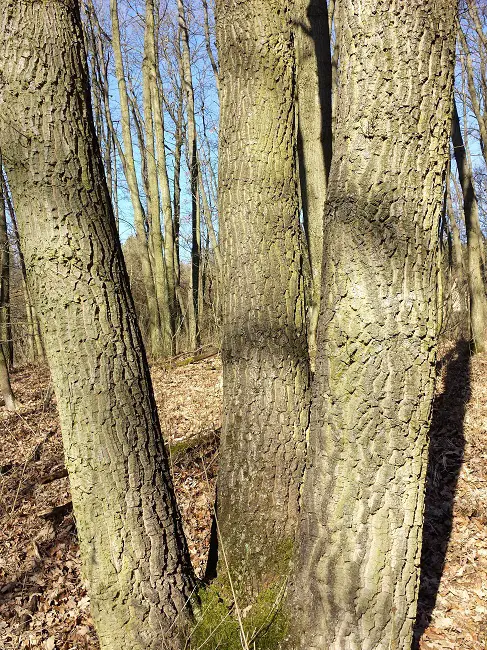
The color of the wood is light reddish brown with dar darker patches that can go to dark brown. The pores are medium to large and more clustered in the latewood zone. It has good rot resistance and grows relatively fast.
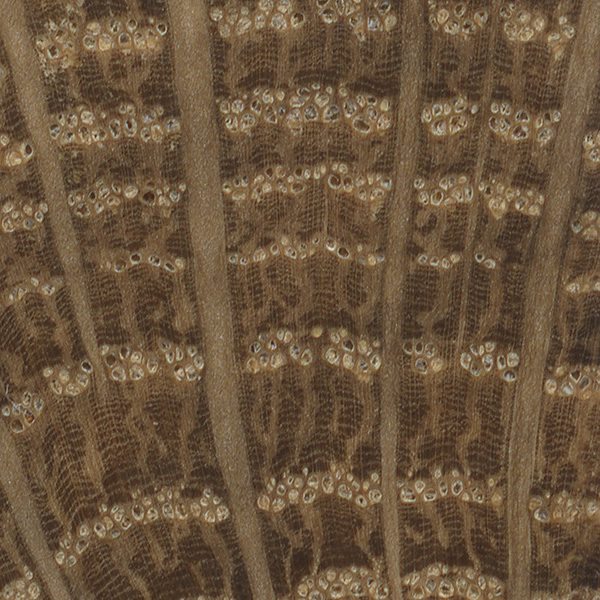
The big problem with skywood is its tendency to crack. It naturally has deeper, more noticeable cracks and knotted areas, and for a long time these flaws have led to it being used as firewood or for fences. In recent times, however, a return to the simple, traditional and authentic, as well as designer designs inspired by rustic furniture, have led to the emergence of furniture where cracks and irregular coloring are no longer considered defects. On the contrary, cracks are accentuated by mechanical machining or emphasized with materials or finishing techniques.
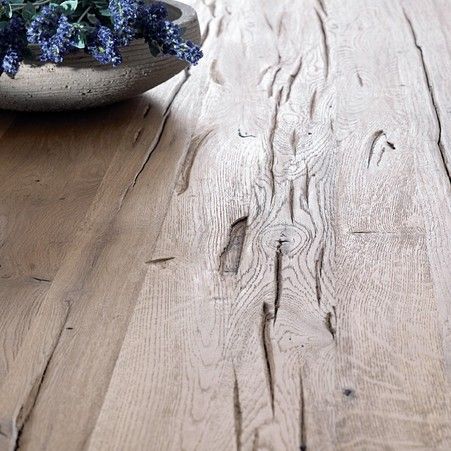
Cherry wood tabletops best showcase the naturalness of the wood, but they are not the only furniture designs where the characteristics of this wood species add value.

Natural cracks can be emphasized to make the wood look old and worn. Thus, by machining, wood can be structured or sablat, and the tabletop can be made of timber that also has the sapwood part, removing only the bark. This way the edges will be irregular, emphasizing the rustic effect.
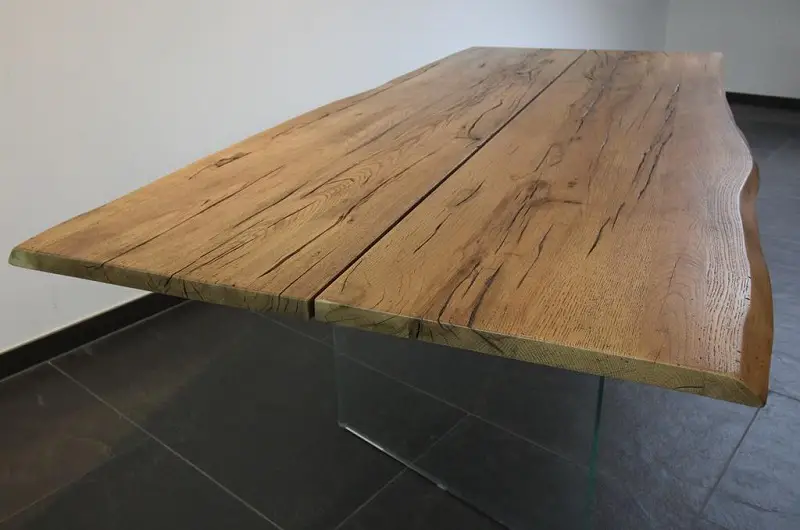
Plain, waxed or uleiate or those with varnishes with natural effect are the most suitable. They provide the strength a tabletop needs, but leave the wood looking simple and natural. Cracks can be emphasized with patinas or special effect finishes (washed white, natural grey).
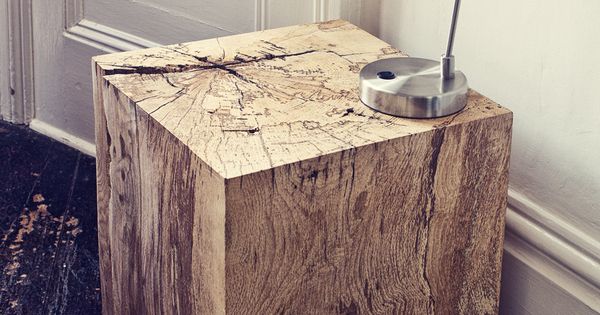
It is preferable that the effects are discreet, designed to enhance what is there naturally. Natural or classic colored bevels are preferred, but their effect should not be uniform so as not to lose the natural coloration that exists in the skywood.
It's the perfect wood for rustic furniture, rustic industrial furniture, but also for modern furniture with simple lines. Being a hard, strong wood, it goes very well with metal, with dark stains looking great in this combination.

Sky wood does not go unnoticed by artists or people with such inclinations. Knife handles or artistic spoons made from skywood are really something special.
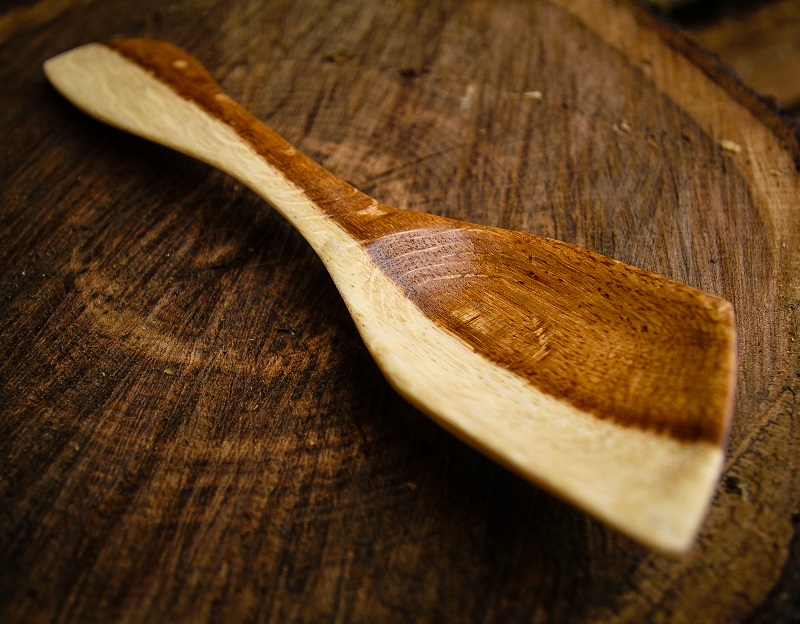
Ceram is also used for stair treads or flooring. Being a hardwood, it is very suitable for these uses, and the 'flaws' help a lot when it comes to rustic or antique furnishings.
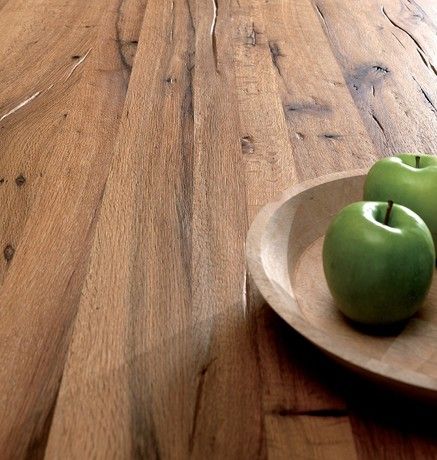
Sky wood really deserves all our attention. Handcrafted and finished with care and skill, it can be transformed into an eye-catching piece of furniture.
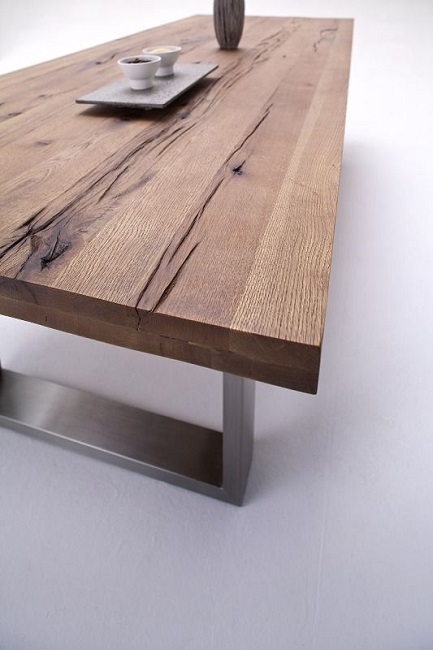






















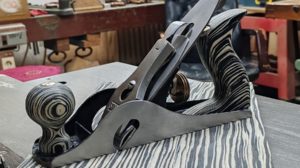
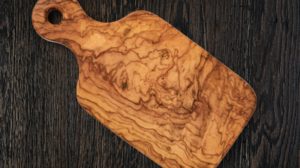
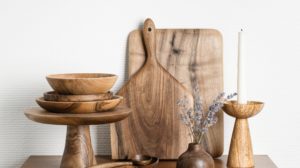
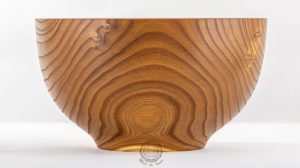
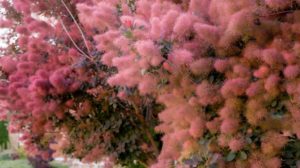

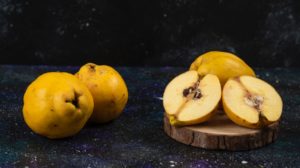
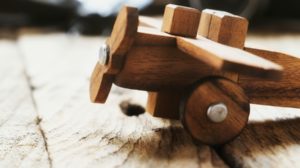



30.8.2017
Hello Mrs Radu,
I would like to send you a question about wood protection, to which I would add 2/3 explanatory photos.
Here I cannot add them. Can you please give me an email address where I can send you the question with photos.
Thanks in advance,
Sincerely,
Paul NICOLAE
Hello,
You can write to me at mihaela.radu@cesbrands.ro.
Hello!
I was wondering if a monument dedicated to St. Father Arsenie Boca would be made of wood? We'd be interested in the idea... Especially since it's about a trophy about 5 meters high.
Thank you!